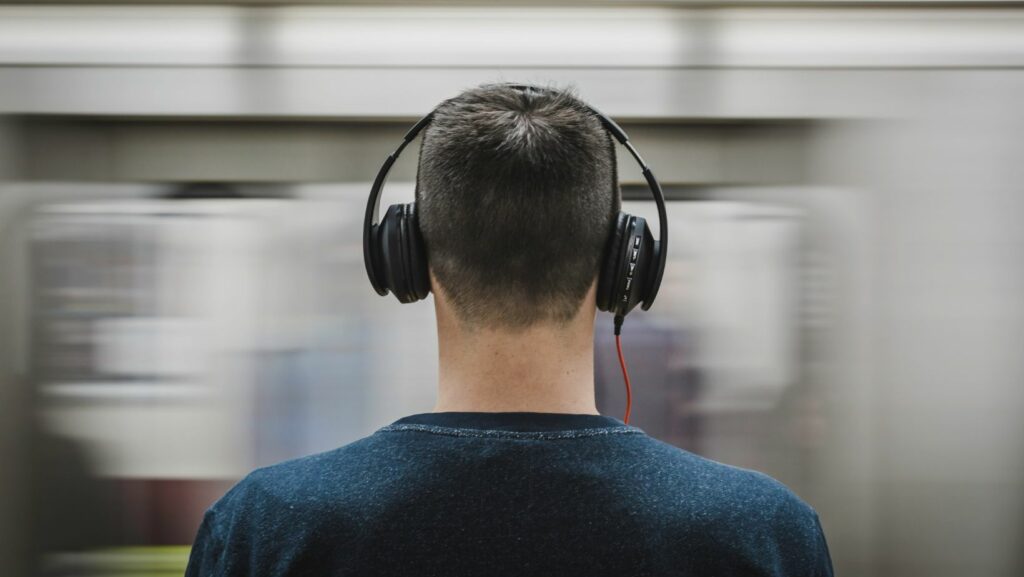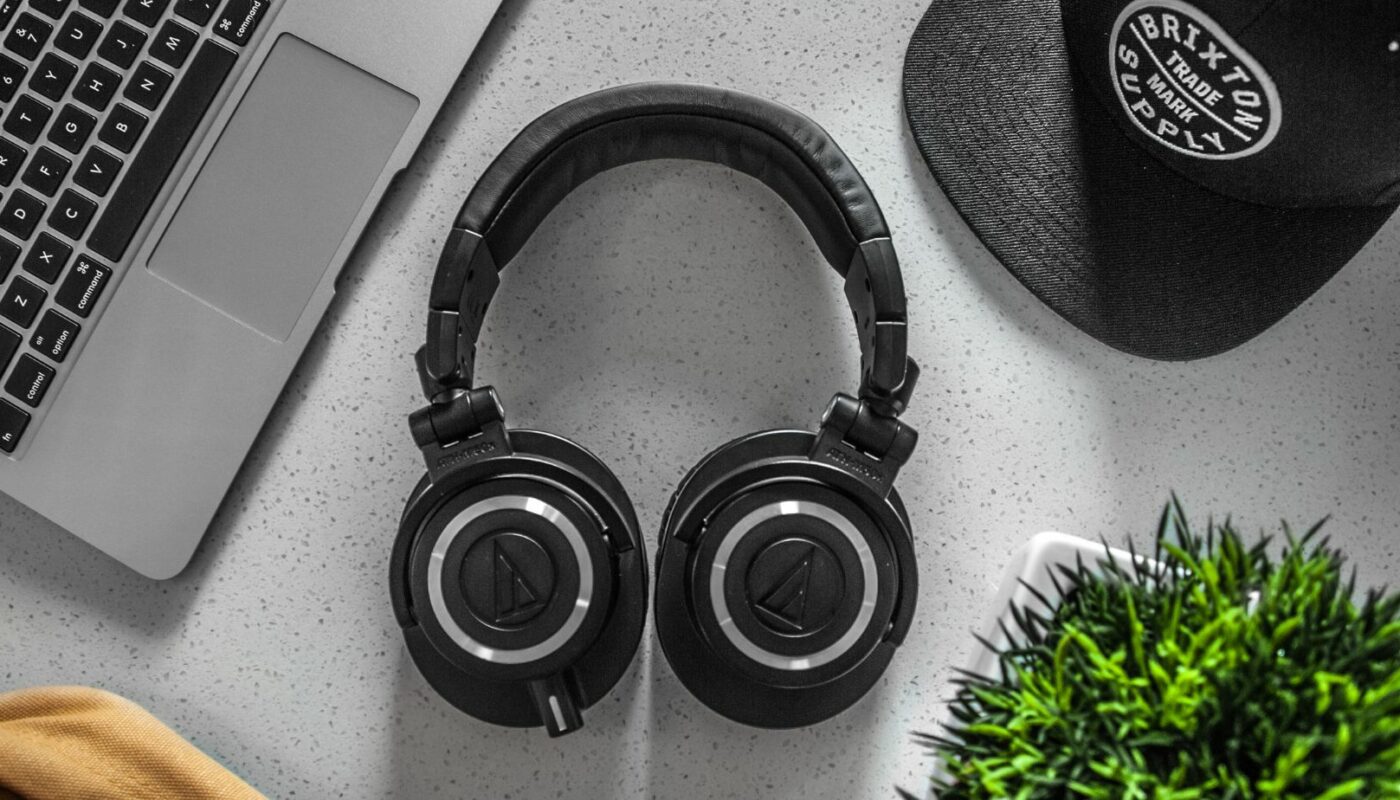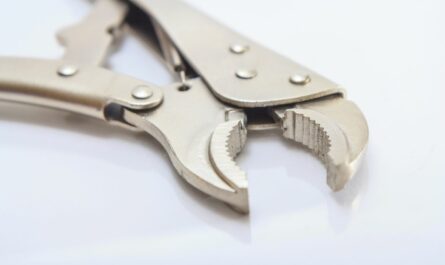Open back headphones work by allowing air to flow through the back of the headphone cups. This helps to keep the drivers cool and reduces distortion. The downside of open back headphones is that they leak sound and are not as good at isolating external noise.

What is Open Back Headphones
Open-back headphones have perforated ear cups that allow air to pass through them. This results in a more natural sound, as if you’re not wearing headphones at all. They also tend to be more comfortable for longer listening sessions, as they don’t make your ears as hot. On the downside, open-back headphones are not as good at blocking out external noise, so they’re not ideal for use in noisy environments. They’re also more prone to leaking sound, so people around you will be able to hear what you’re listening to.
What are The Benefits of Open Back Headphones?
Open back headphones have several benefits over their closed back counterparts. One of the most noticeable is the sound quality. Open back headphones allow sound to pass through the back of the speaker cup, giving a more natural and realistic sound. This also reduces resonance and echo, as well as providing a wider sound stage. In addition, open back headphones are generally more comfortable to wear for long periods of time, as they don’t seal off your ears from your surroundings.
Are There any Drawbacks to Using Open Back Headphones?
The main drawback to using open back headphones is that they tend to leak sound. This means that if you’re trying to listen to music in a quiet environment, chances are good that the person next to you will be able to hear your music as well. Additionally, open back headphones typically don’t block out as much ambient noise as closed back headphones, so if you’re looking for headphones to use in a noisy environment, open back headphones may not be the best option.

How do I Choose The Right Open Back Headphones for Me?
There are a few things you should keep in mind when shopping for open back headphones:
-Driver size: The driver is the part of the headphone that actually produces sound. In general, bigger drivers will produce better sound quality.
-Frequency response: This is the range of frequencies that the headphones can reproduce. A wider frequency response means that the headphones will be able to reproduce low frequencies (bass) as well as high frequencies (treble).
-Impedance: This is a measure of how much power the headphones require to operate. Higher impedance headphones will require more power, but they will also be able to produce louder sound levels.
-Sensitivity: This is a measure of how loud the headphones will be when given a certain amount of power. Higher sensitivity means that the headphones will be louder at the same power level.



